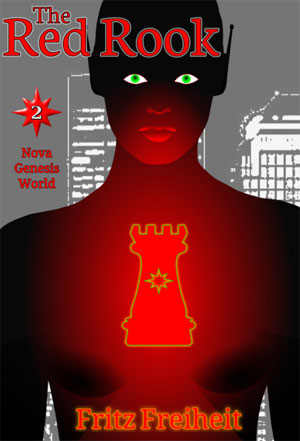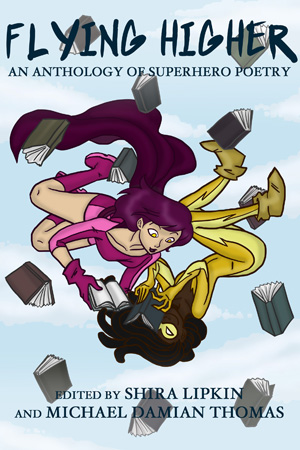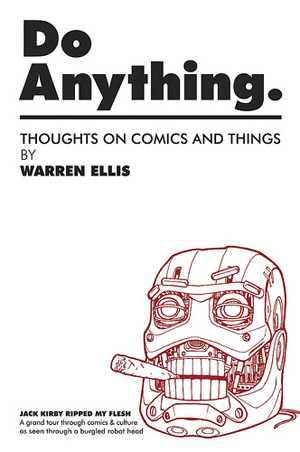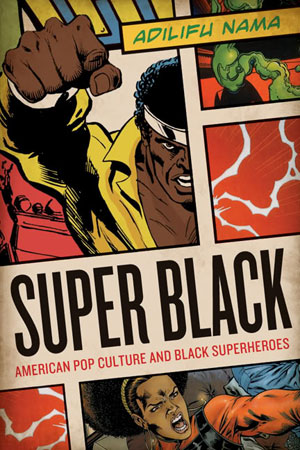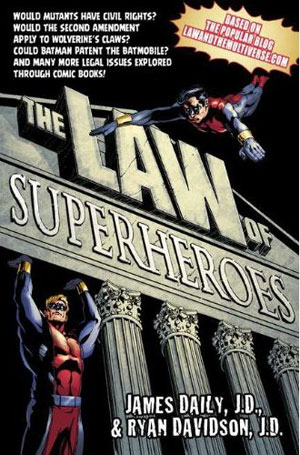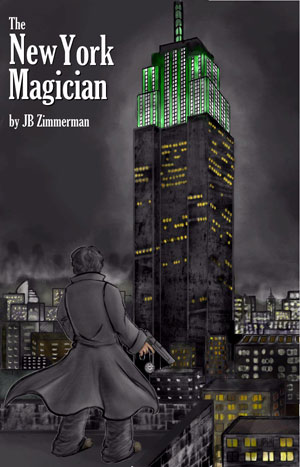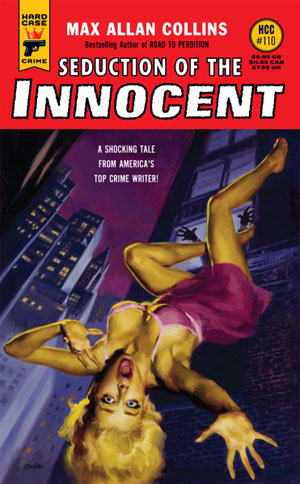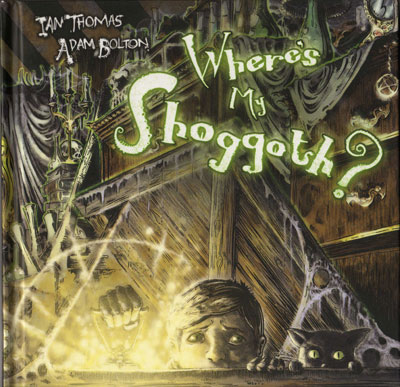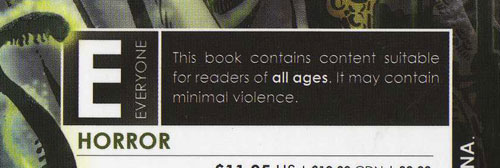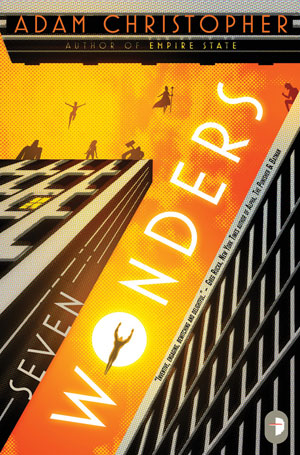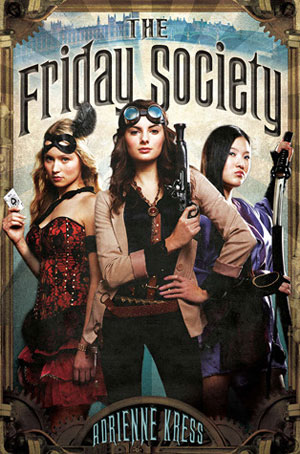Rook’s Gambit
The Red Rook by Fritz Freiheit
This is the first sequel to Freiheit’s fun superhero novel “Dispensing Justice,” which was previously reviewed here. The new book switches the focus from Michael Gurick, the super-genius teen techno-hero called the Dispenser, to his best friend Penny Riggs-Armstrong, who’s superstrong and indestructible, but very resistant to her superhero mom’s beliefs that she’s ready to put on the cape and cowl herself. Penny prefers to operate as Michael’s tactical coordinator, advising him by radio, as a way to demonstrate her intelligence over brute strength.
Mixed into all of this is their friend Kimball Kinnison, a telepath who fights crime as Lensark; Penny’s twin siblings, Andy and Achilles, who are much too strong and much too rambunctious; and Cleo Fox, Michael’s girlfriend and the daughter of another superhero, who has unusual sensory powers of her own.
Life is running fairly normally — or at least as normally as things get for teenaged superheroes — until they’re all suddenly targeted by renegade killer androids. Robotic technology is pretty advanced in this alternate-history 1980s setting, so there are actually quite a few androids around — some of them very human-looking, some not. After several destructive attacks and the revelation that the notorious assassin Kill Switch has been hired to kill a politician, Penny and her friends will have to take on a team of supervillains and invade a deadly flying fortress. Can they prove themselves as true heroes and save the day?
Verdict: Thumbs up. Much like the first book, there are a lot of excellently drawn characters and dialogue, and a wonderful plot. Penny is an excellent protagonist — probably a better one than Michael was in the first book, ’cause Penny has a lot more common sense and charisma than Michael did.
And much like the first one, you may get freaked out about the length of this one. By my count, it runs almost 400 pages and over 120 chapters. But those chapters are short, and the reading goes really, really fast. You can zip through this one in just a few days, and you’ll love every minute of the ride.
If I’ve got a criticism, it’s that the early parts of the story are dominated by flashbacks, including retelling the climax of the previous novel from Penny’s point-of-view, along with some lengthy historical lessons. It makes it a little hard to get into the story when we spend so much time with stuff that’s already happened.
But aside from that, it’s a rollicking, exciting story, with a ton of grand action sequences (the androids’ attack on the school is particularly great), fantastic humor, and much, much more.
If you like superhero novels — and I hope I’ve trained y’all well enough that you do — you’ll definitely want to pick this one up.
Comments off

